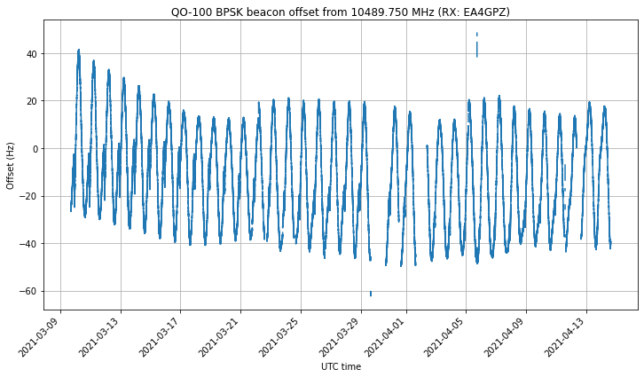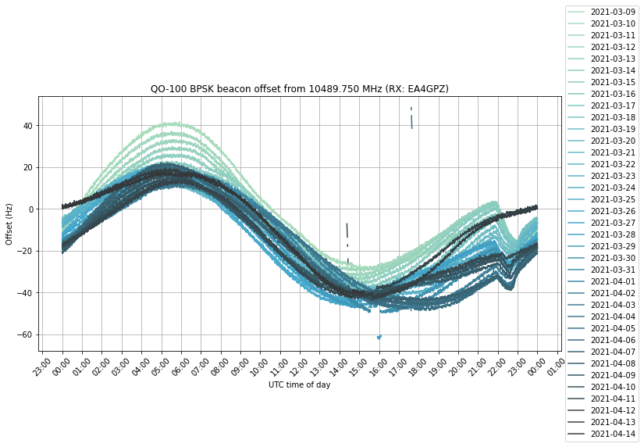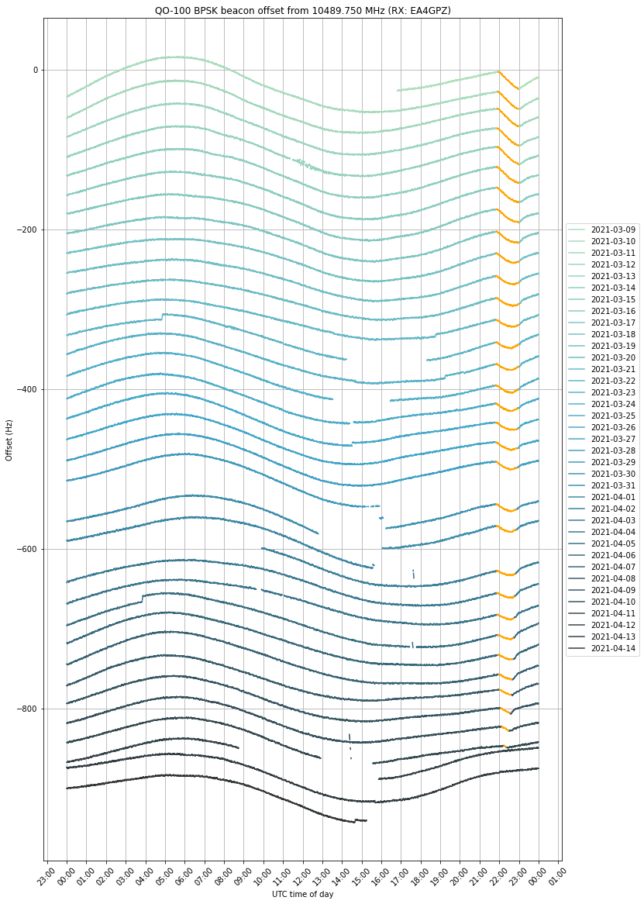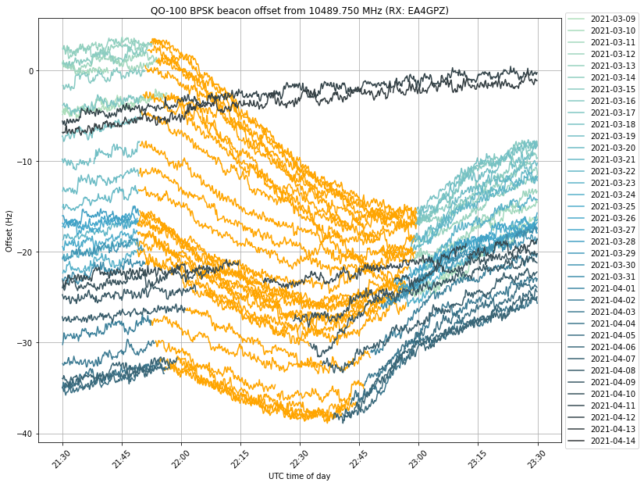GSE (Generic Stream Encapsulation) is a protocol used to embed packets of almost any sort into the DVB data link layer. It can be used to send IP (IPv4 and IPv6) packets, Ethernet packets, etc. In my post about Blockstream Satellite, I talked about MPE, which is another way of sending IP traffic inside DVB. However, MPE is based on MPEG TS packets, so it is a far from ideal solution, given the overhead of the TS headers and the relatively small size of TS packets. GSE is a much more lightweight solution, and it’s arguably the best way of sending IP packets inside DVB.
The downside of GSE compared to MPE is that it is not supported by so many devices. Since MPE uses TS packets, it should be supported by mostly any device. The formatting of the TS packets, and thus all of the MPE stack, is handled at the application level. However, GSE is different from a stream of TS packets already the level of BBFRAMEs, so devices that handle this layer need to support GSE.
In this post I show how to set up a DVB-S2 GSE one-way link using the GNU Radio out-of-tree module gr-dvbgse and an SDR for transmission, and a MiniTiouner, Longmynd and some software I’ve written for reception.
The MiniTiouner is a DVB-S2 hardware receiver that is based on a Serit FTS4334 NIM (which uses the STV0910 DVB-S2 demodulator IC) together with a FT2232H that provides a USB2 interface for data and control. It is a very popular device within the Amateur TV community, given its affordable price and large range of supported carrier frequencies, symbol rates, and MODCODs.
The ideas in this post are also applicable to an SDR demodulation approach, which could use gr-dvbs2rx and gr-dvbgse. Using a hardware receiver solution can give some benefits over an SDR receiver, since demodulation and LDPC decoding is computationally expensive, specially at higher symbol rates and in low SNR conditions.
My final goal for this is to do some tests of two-way IP links over the QO-100 WB transponder. I think this would be a rather interesting use of the transponder, since it would open the door to many new ideas. Currently the transponder is used almost exclusively to transmit video, which by all means is good, but not very innovative after the almost 4 years now that the transponder has been in operation.
I have to give huge thanks to Brian Jordan G4EWJ and Evariste Courjard F5OEO for their interest in this project and for running many initial tests that showed that it is possible to use the MiniTiouner to receive GSE (despite the lack of clear and detailed documentation about the STV0910 register settings).



